This month we provide an update on the Hôpital de la Miséricorde and analyze controversial plans by Hydro-Québec to integrate an electricity substation into the haunted site. The ghost-ridden Hôpital de la Miséricorde has been empty for years and is starting to crumble. Located on prime real estate in Downtown Montreal...
Welcome to the fifty-fifth installment of the Haunted Montreal Blog!
With over 350 documented ghost stories, Montreal is easily the most haunted city in Canada, if not all of North America. Haunted Montreal dedicates itself to researching these paranormal tales, and the Haunted Montreal Blog unveils a newly researched Montreal ghost story on the 13th of every month! This service is free and you can sign up to our mailing list (top, right-hand corner for desktops and at the bottom for mobile devices) if you wish to receive it every month on the 13th!
Haunted Montreal is offering a full season of outdoor public tours starting in the spring! Tickets are now on sale!
The Haunted Montreal Pub Crawl also runs year round on Sunday afternoons.

Lastly, our ghost walks can still be booked for private groups, including Haunted Griffintown and Haunted Downtown. Haunted Mountain is not available due to dangerous icy conditions on Otsirà:ke / Mount Royal until it melts in May.
Our March blog is Part 2 of our January edition about the Réseau express métropolitain (REM). In Part 1, the question arose as to whether or not the REM will become haunted due to an Irish Famine cemetery disturbance. While there is much debate about this potential paranormal problem, there are no proposals yet on the table to protect the $6.3 billion electric train network from the Irish Famine Ghosts in the cemetery where the monorail pylon is going to be inserted.
Haunted Montreal, experts in all things haunted, offers a perfect and inexpensive solution and asks for the help of you, our dear reader, to assist in implementing it!
Haunted Research
The Réseau Express Métropolitain recently extracted over a dozen skeletons from the Black Rock Famine cemetery. Many of them were children who had succumbed to typhus. Tragically, they were buried in mass graves after crossing the Atlantic Ocean on “coffin ships”. The REM’s rationale for the exhumation was to install a concrete pylon for its upcoming $6.3 billion electric train network. This act prompted fears that ghosts of the Irish Famine Dead could easily haunt the system. Artists have already begun creating visuals depicting a paranormal station atop the pylon that serves as a disturbing connection between the living and the dead.
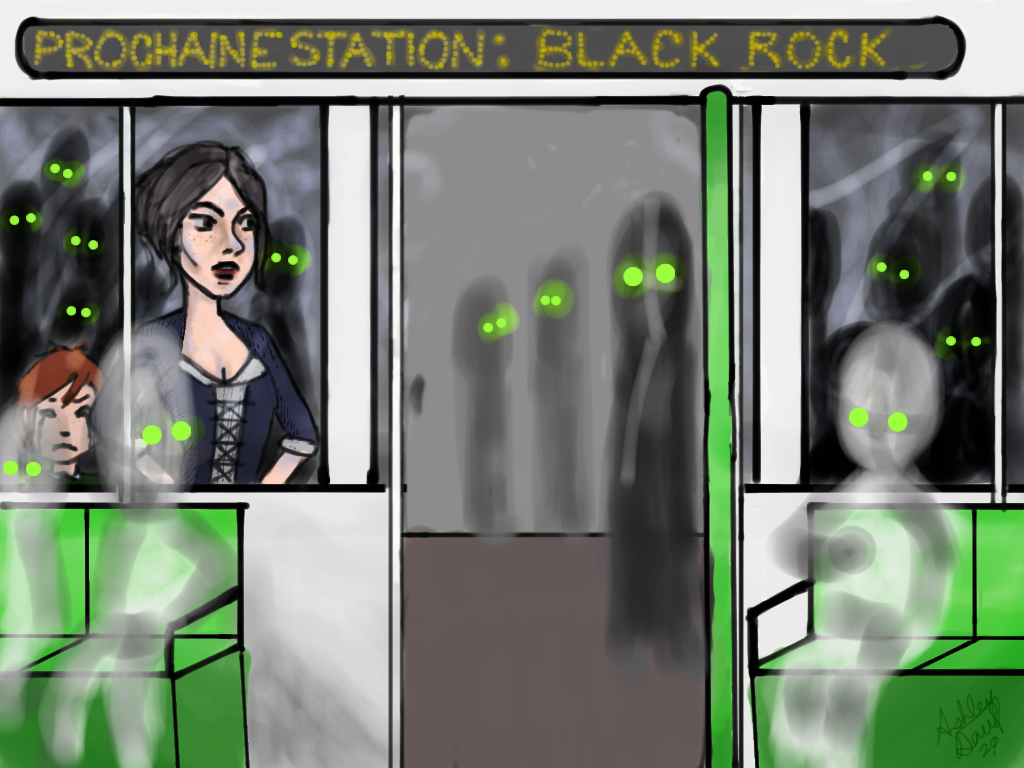
Part 1 of the blog speculates about some of the ghosts who might infest the REM network, from ghostly priests to Famine beggars to the old mayor of the City of Montreal himself.
Part 2 offers Haunted Montreal’s analysis of the situation and an innovative and inexpensive solution to try and protect the $6.3 billion electric train system from becoming haunted by Irish Famine ghosts and spirits.
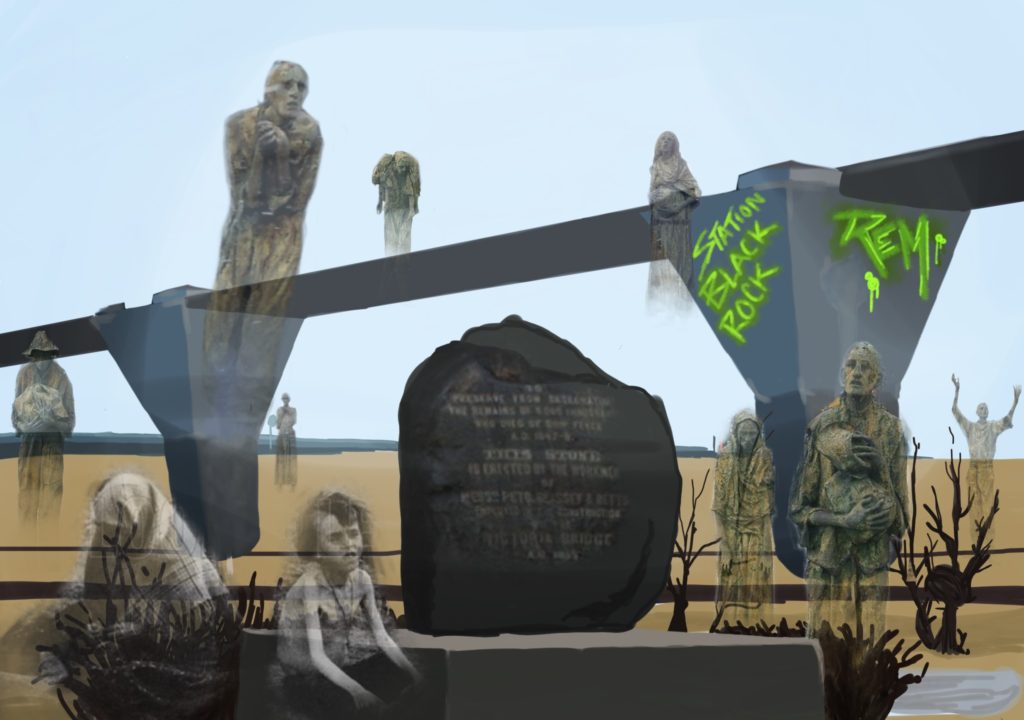
It must be noted that there was a strong reaction to the suggestion made in Part 1 of the blog that the REM could become haunted as a result of the graveyard disturbance. Opinions on the issue are polarized with many believing the horrible hauntings are inevitable and other stakeholders insisting otherwise.
Fergus V. Keyes, fellow Director of the Montreal Irish Monument Park Foundation, does not believe the REM will become haunted by malevolent spirits.

He wrote his lengthy rationale on the Haunted Montreal Facebook page in response to Part 1 of the blog:
“It is important to note that the REM organization has been absolutely terrific when working with the Montreal Irish Community on this project. They did not suddenly come across these remains but knew that the area where they were excavating likely was the main cemetery for the 6000+ Irish that died and were buried in the area in 1847 and that there was certainly a strong possibility that they might uncover some remains of the victims. After meeting with Montreal Irish representatives more than a year ago, they invested a great deal of time, money, and engineering costs to mitigate any disturbance in the area. They also arranged, and paid for, a full religious ceremony representing various religious denominations that were in Montreal at the time including First Nation representatives. This included having trained archaeologists on the site before they even started digging and these archaeologists remained there for the entire month of November – once again paid for by REM.”

Keyes continued: “Once some remains were discovered, they immediately notified the Irish Community and at the end of the dig allowed some of the Irish representatives to visit the actual site and view all of their procedures. Their excavation represents an area of no more than 1% of the entire area where this main cemetery is probably located.”

In conclusion, Keyes stated: “REM has treated these remains with the greatest of respect, and once some tests are completed that might determine the gender, approximate age, and perhaps yield some DNA, the Irish community intends to rebury these remains in close proximity to the Black Rock in a proper ceremony. So in my opinion, no – the site will not be haunted by the victims of the tragic event of 1847, and more likely the REM organization will be blessed & protected by these victims for the beautiful care that they took in showing them such a great deal of respect.”
However, the REM were extremely disrespectful to the human remains of the Irish Famine Ancestors. They drove a caisson (a big metal tube) through the cemetery, likely slicing bodies apart, before lowering a basket into the tube to remove human remains.
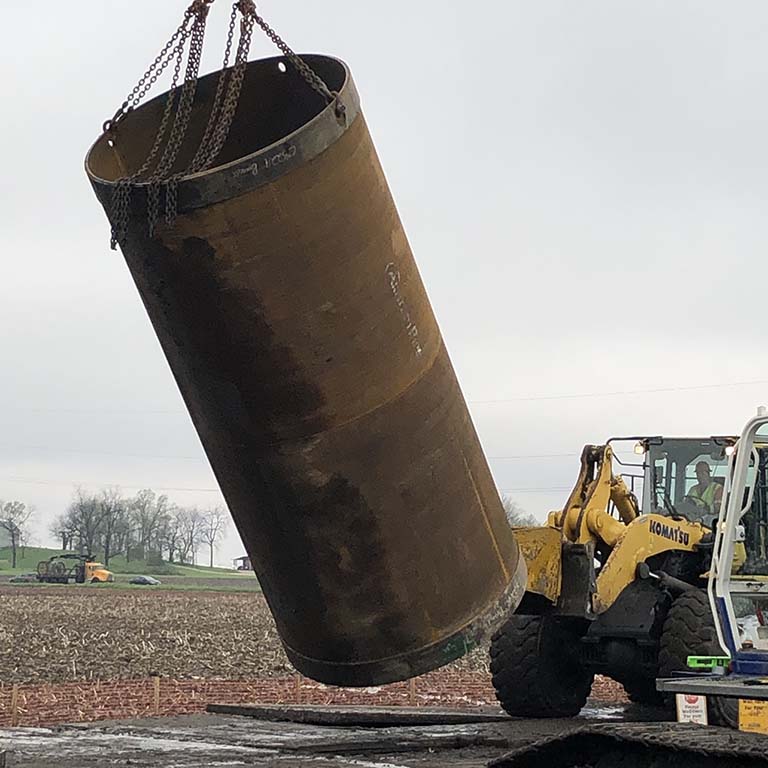
These damaged skeletons were then sent to a creepy laboratory to be studied. Their final resting places, along with their skeletons, were totally desecrated.
Indeed, the Montreal Irish Monument Park Foundation was so pleased with the “quality” of the work that Directors Fergus Keyes and Victor Boyle presented the REM with an award at the Centaur Theatre in early February, 2020. They did this without consulting the Board of Directors.

Given these disturbing circumstances, the spirits of the cemetery might very well take advantage of the pylon to begin infesting the system with paranormal activity.
Indeed, according to founder of 13 Paranormal Spirits and ghost expert Dominique Desormeaux:
“Ghosts will feast on the electrical side. They look for a source to be able to manifest themselves, so yes, ghosts will haunt the REM. I’m telling you, you will see people complaining about strange stuff happening at the REM and to the people working there. The ghosts will even cause trouble for the train and there will be often be power shortages and train malfunctions.”

When pressed for examples, Desormeaux elaborated:
“Full shadows and full body apparitions. They removed the bodies of the dead people from their final resting place – that is one of the reasons they will have problems. Like I said, there will be multiple ghost and apparition sightings, high spikes in the electromagnetic field, burning lights, contact between the living and the dead, strange voices, touching, etc.”
Desormeaux pointed out that the Black Rock funerary marker is engraved with the following words: “To Preserve from Desecration the Remains of 6000 Immigrants Who died of Ship Fever A.D. 1847- 48.”

The Famine cemetery at the Black Rock has a long history of desecration. In the past, it has been used as a dump, a rail yard, and today a highway runs over the cemetery. Officials have consistently tried to erase it, deny its existence and have never ceded the burial ground to the Irish community.
The Oxford Dictionary defines “desecration” as: “the act of damaging a holy thing or place or treating it without respect,” whereas for Cambridge it means “to damage or show no respect towards something holy or very much respected.”

Technically, the Famine Cemetery was damaged when the large hole was dug through the mass graves to accommodate a giant concrete pylon for the monorail. With the removal of over a dozen skeletons from their final resting place, the damage cannot be denied.
Whatever the case, the remains are in a laboratory for the time being and will supposedly be re-interred at a later date in a “respectful ceremony”. This announcement can be seen as very dubious, given that there was zero governance in the process, The full Board of Directors of the Irish Monument Park Foundation was not consulted, let alone the wider Irish-Montreal community whose ancestors were desecrated by the REM.
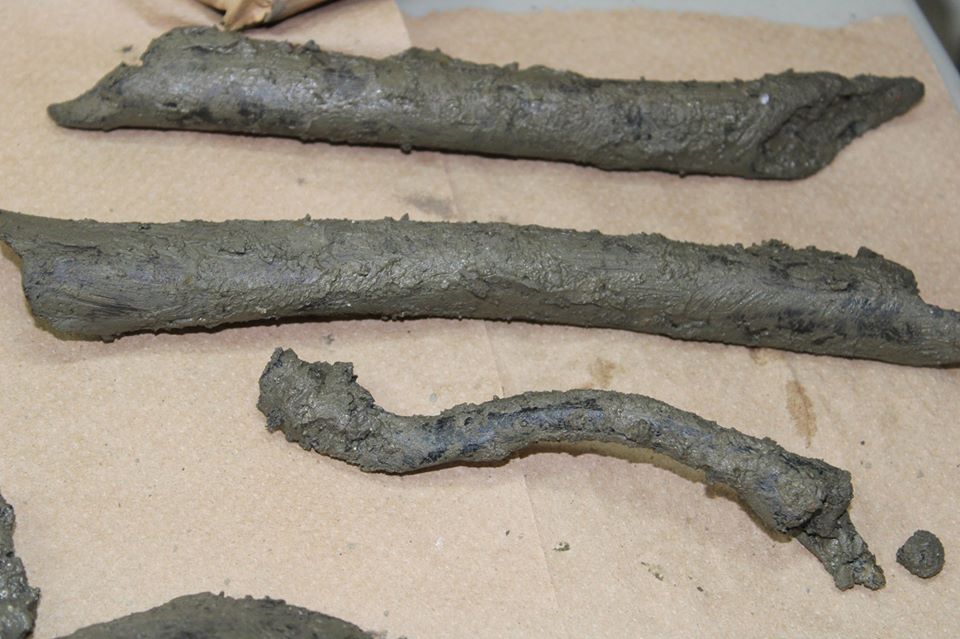
Unfortunately, one result of this cemetery disturbance is the worry that the $6.3 billion network will now become haunted, compromising Montreal’s goal of providing top notch public transportation.
For those who scoff at the idea of a haunted train system, it is noteworthy that haunted trains already exist in Canada and the States.
Indeed, one of the Saskatchewan’s most infamous paranormal tales, The Ghost Train of St. Louis, is one such haunted legend. It is such a popular Canadian ghost story that it was featured on a postal stamp in 2014 and continues to attract tourists to this very day.

South of the border, a phantom funeral train apparently runs from Washington, D.C. to Springfield, Illinois, every April around the anniversary of Abraham Lincoln’s death. The ghostly train, draped in black and adorned with streamers, stops watches and clocks in surrounding areas as it passes.
There is no guarantee the REM won’t be affected by the paranormal after unearthing the Famine Dead.
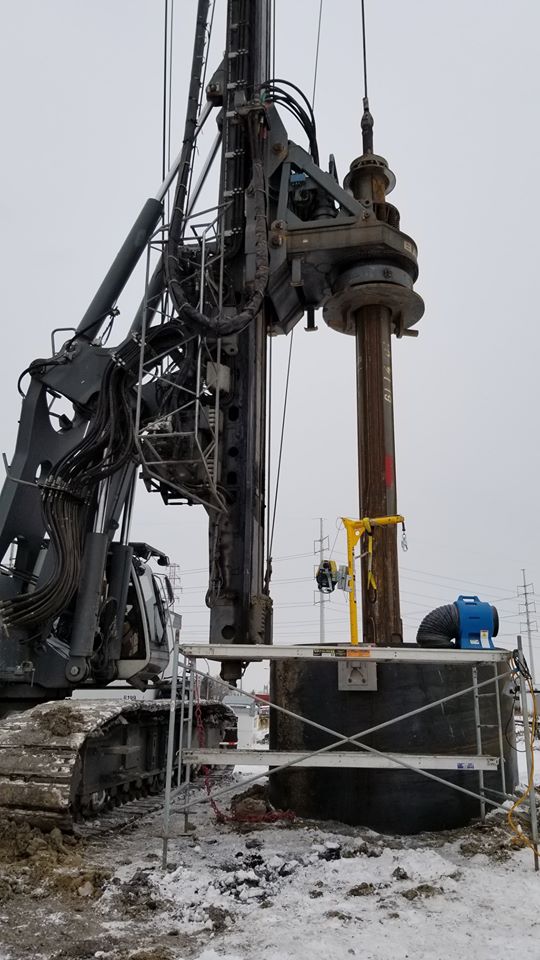
Luckily, to prevent Famine ghosts from haunting the $6.3 billion REM system, Haunted Montreal has come up with an innovative and inexpensive solution:
Paint the pylon Haint Blue
Haint Blue originated in the deep American South. Today, in cities and towns throughout the south, one will find these bluish-green tints on shutters, doors, porch ceilings and windowsills, gracing many historic homes.

However, the first painted strokes of Haint Blue adorned not the homes of the rich, but the simple shacks of African slaves.
Known as the Gullah or Geechee people, the original Haint Blue creators were descendants of African slaves who worked on rice plantations in South Carolina and Georgia. Many of their ancestors came from Angola, which may be where the name Gullah originated.

These people have kept alive the traditions, stories, and beliefs of their ancestors, including a fear of haints.
Haints, or haunts, are spirits trapped between the world of the living and the world of the dead. These are very angry and dangerous spirits, but according to legend, they cannot cross water. The Gullah people dig a pit in the ground, fill it with lime, milk, and whatever pigments they can find, stir it all together, and paint the mixture around every opening of their homes.
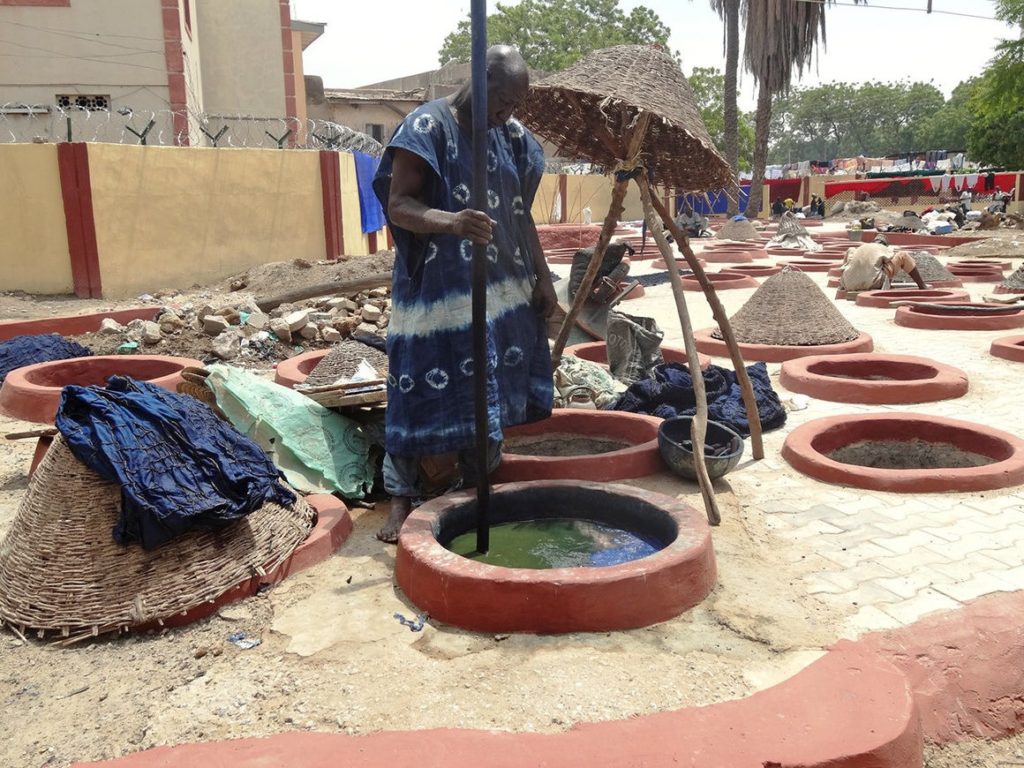
The haints, confused by these watery pigments, become tricked into thinking they cannot enter.
In painting the REM pylon that pierces the Black Rock famine cemetery Haint Blue, it is quite possible that the Irish Famine ghosts would be tricked to avoid haunting the electric train network.

What, one might ask, is the Irish connection to Haint Blue.
It turns out that Haint Blue is widely used in the South, including Caribbean nations such as Barbados and Monserrat, which have large numbers of Irish descendants, including the legendary Redlegs.
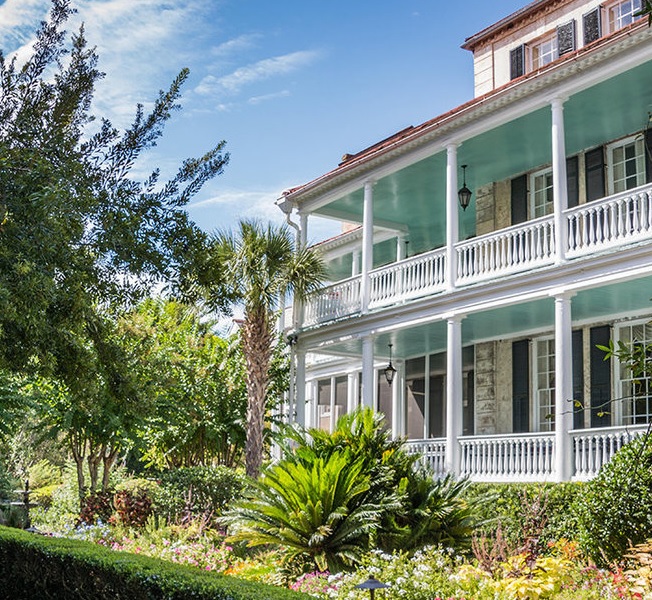
The Redlegs are the descendants of 50,000 Irish men and women who were sold into the white slave trade between 1652 and 1659.
This little-known episode in Irish history is documented in Seán O’Callaghan’s To Hell or Barbados: The Ethnic Cleansing of Ireland.

Cromwell decreed that “troublemakers”, including the poor, the hungry, Catholic clergy and landlords be sent Connaught in the west of Ireland. This policy of ethic cleansing prompted the rebel songs “Tobacco Island” and “To Hell or Connaught“. Those who refused to go were sent to Barbados instead to work on the British sugar plantations.
Innocent Irish people were rounded up from across the country by teams of Oliver Cromwell’s “man-catchers”.
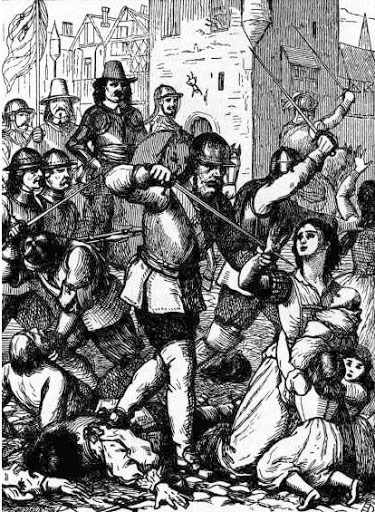
In chains, they were herded south into holding pens in Cork and Waterford, then crammed into African slave ships. One in five died en route to Barbados and those who survived were sold at the slave market.
The women were stripped and checked for virginity. Those deemed “good breeders” were sold to studs, to make future slaves and brothel girls.
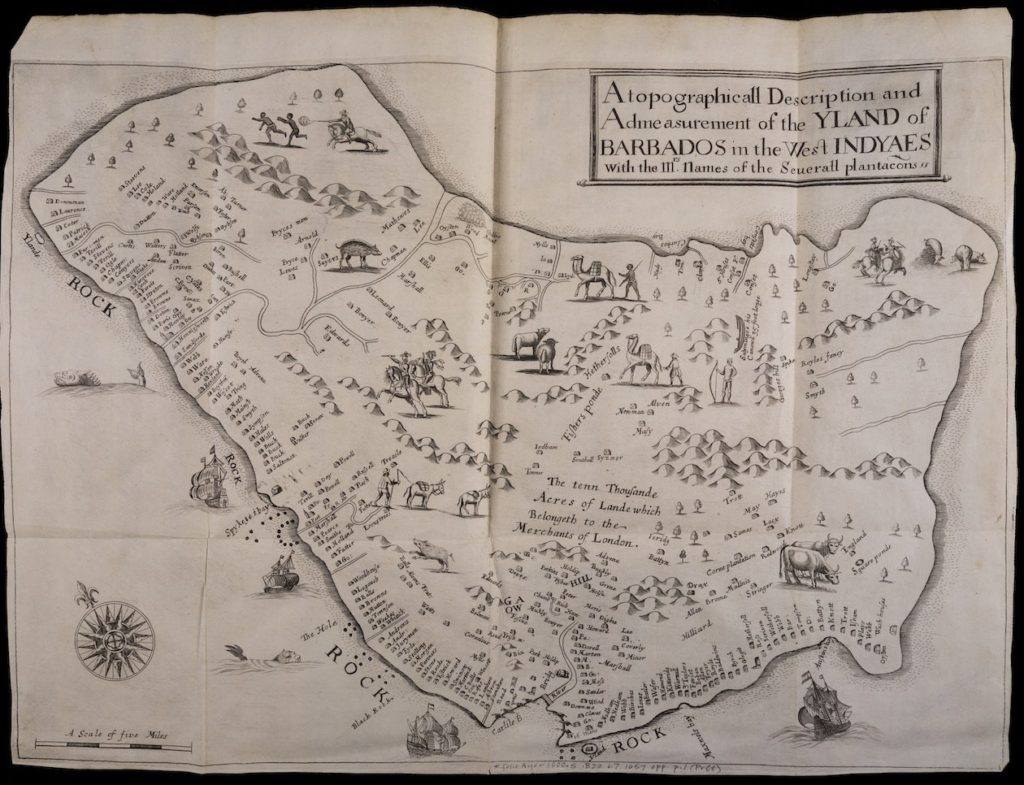
The men were checked for muscle tone and strength of teeth, then branded with a hot iron their owners’ initials.
Their descendants are still there today. While many have since assimilated into the mainstream culture, some of the Redlegs still live in absolute poverty. Isolated, un-assimilated and uneducated, they are yet another group of victims of British injustice.
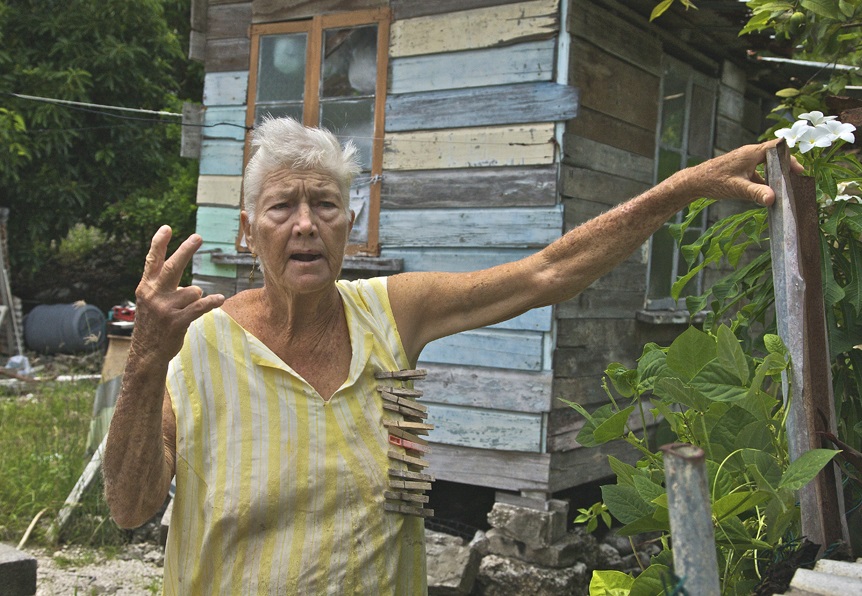
How did the Redlegs come to use Haint Blue? The most prominent theory is that because the of the interbreeding and cross-cultural exchange between Irish and African slaves, the use Haint Blue was adopted culturally as a method to protect people from dangerous spirits.
Even in North America Haint Blue has gone mainstream, with paint companies such as Sherwin Williams and Benjamin Moore marketing the colour and magazines such as Costal Living and Architectural Digest reporting on it.

There is a lot of public money invested in the REM, including from the Canada Infrastructure Bank, CDPQ Infra (a wholly owned subsidiary of Caisse de dépôt et placement du Québec) and the Government of Quebec.

According to financial activist Paul Boden:
“If the REM becomes haunted, it will be a total waste of taxpayer’s dollars because nobody wants to ride on a train that is infested with ghosts and rife with paranormal dangers.”

Boden agrees that Haunted Montreal’s solution is solid: “Paint it Haint Blue! A brilliant proposal to keep the ghosts at bay. Rooted in history and folklore, this is likely the best way to protect the REM system from becoming haunted. Kudos to Haunted Montreal for monitoring the city’s ghosts and providing solid solutions to protect us when they are disturbed. These guys deserve an award!”
Isabelle Lachance, REM Community Spokesperson, said at this time there are no plans to paint any pylons, although the REM is listening to community concerns.
As such, Haunted Montreal is proposing a campaign to lobby the REM to do the right thing with the offending pylon:
Paint it Haint! Peignez-le Haint Bleu!
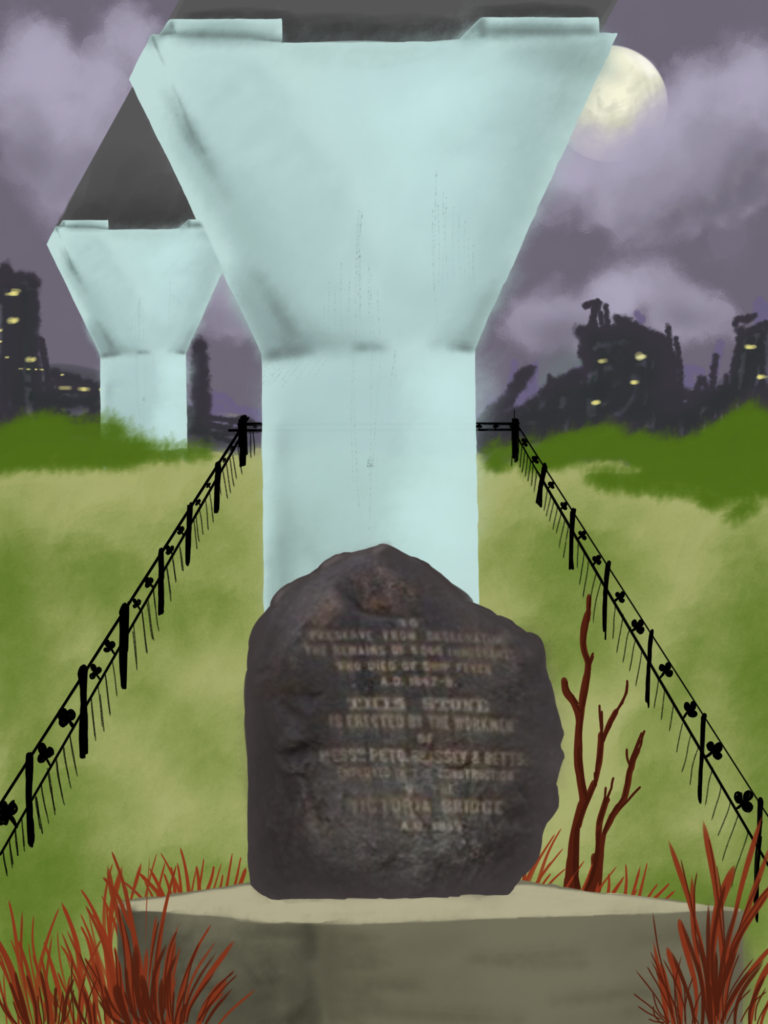
We are asking our readers to contact the REM via their website to request that the pylon be painted Haint Blue to try and protect future riders and employees of the multi-billion dollar electric train network from the Irish ghosts who haunt the Black Rock Famine Cemetery.
As many of our readers know, Mayor Valerie Plante has been in conflict with the local Irish community over her proposal to co-brand the Griffintown REM Station with a controversial politician. As her Ambassador, I wrote an Open Letter about it with many media links.
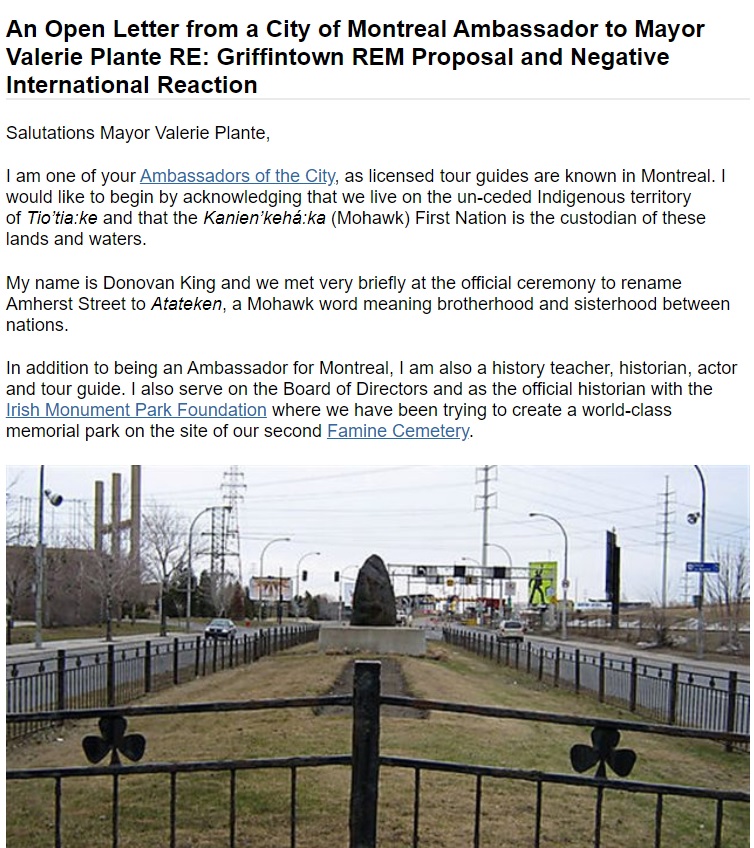
Incredibly, the REM has announced the names of all stations expect Griffintown (originally labelled “Peel Basin”), suggesting that there are political heritage maneuvers happening behind the scenes.
It will certainly be interesting to see how everything unfolds as politics, heritage, and commemoration clash with ghosts and the paranormal in a unique situation! Ultimately, choices made today will define whether or not the REM will paint the pylon Haint Blue or risk becoming infected by the upsetting Irish Famine ghosts.

Please add your voice by contacting the REM via their website with your concerns!
Company News
Haunted Montreal is excited to announce that our full 2020 season of public tours is now online and tickets are on sale!
In addition, for this first time ever, we are operating year-round with our award-winning Haunted Pub Crawl, every Sunday at 3 pm in English and often at 4 pm in French.
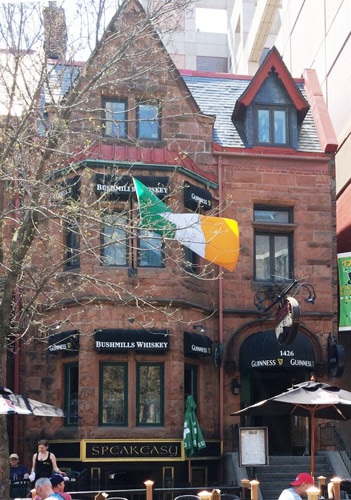
Private tours are also available for the Haunted Pub Crawl. We also offer weather permitting, private tours of Haunted Griffintown, Haunted Downtown, and our new Paranormal Investigation into the old Saint-Antoine Cemetery.
The Haunted Mountain Ghost Walk is not offered in the winter due to dangerous and icy conditions on the slopes.

Haunted Montreal would like to thank all of our clients who attended a ghost walk, haunted pub crawl or paranormal investigation during the 2019 – 2020 season!
If you enjoyed the experience, we encourage you to write a review on our Tripadvisor page, something that helps Haunted Montreal to market its tours.
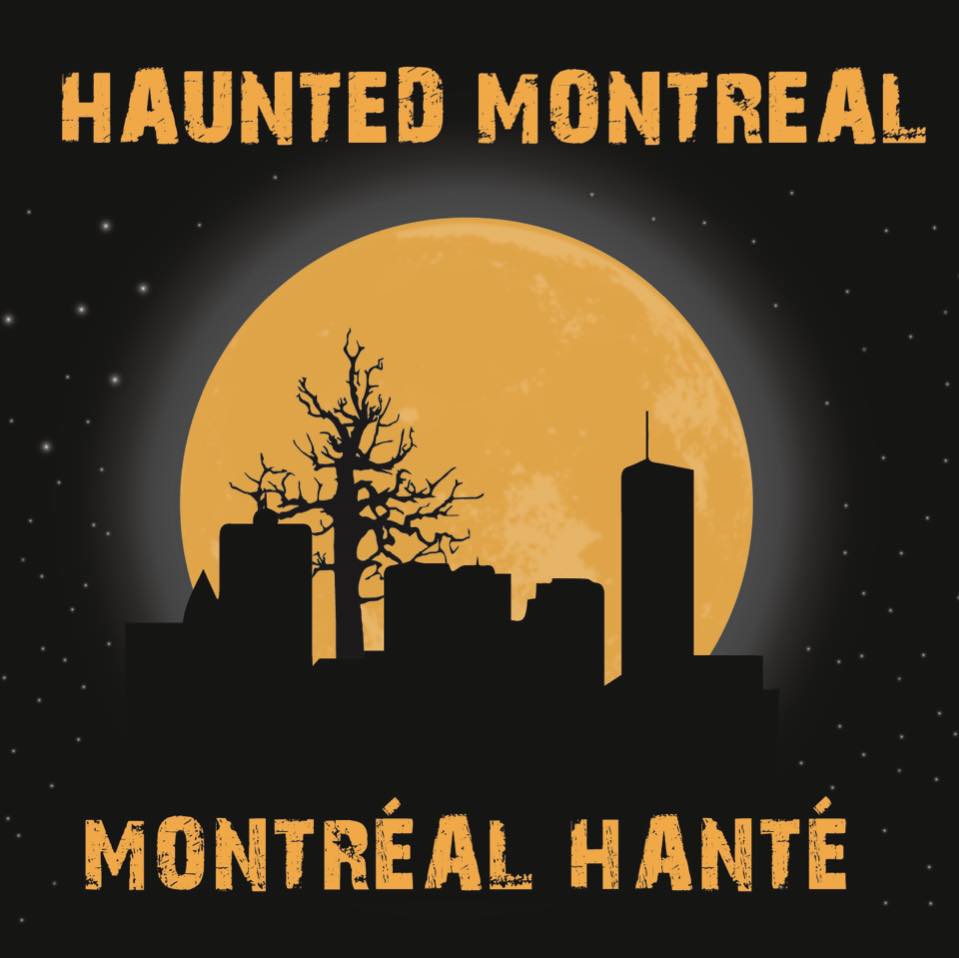
Lastly, if you would like to receive the Haunted Montreal Blog on the 13th of every month, please sign up to our mailing list.
Coming up on April 13: Bonhomme Sept Heures
Bonhomme Sept Heures is a character from Québec folklore that was used by parents to keep their children obedient, starting in the days of “New France”. Translated, his name means, “The Seven O’Clock Man”. This creature is described as a tall, lanky old man with a long, crooked nose who roams the streets at night, carrying a large burlap sack. Bonhomme Sept Heures is known to snatch up children who have stayed out past their 7 o’clock curfew, stuff them in his sack, and quietly leave town. According to the folklore, the children would never be seen or heard from again.

Donovan King is a postcolonial historian, teacher, tour guide and professional actor. As the founder of Haunted Montreal, he combines his skills to create the best possible Montreal ghost stories, in both writing and theatrical performance. King holds a DEC (Professional Theatre Acting, John Abbott College), BFA (Drama-in-Education, Concordia), B.Ed (History and English Teaching, McGill), MFA (Theatre Studies, University of Calgary) and ACS (Montreal Tourist Guide, Institut de tourisme et d’hôtellerie du Québec). He is also a certified Montreal Destination Specialist.




Comments (0)